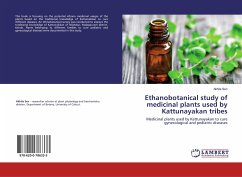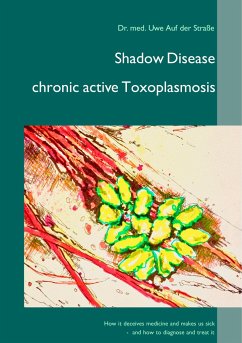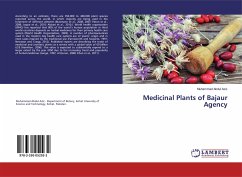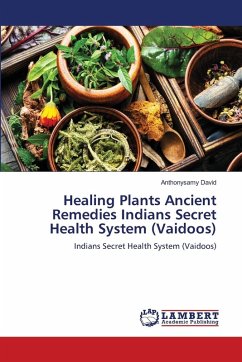Nicht lieferbar

Bio-Active Molecules of Terminalia Species
Versandkostenfrei!
Nicht lieferbar
IMPORTANCE OF MEDICINAL PLANTS AND THEIR COMPOUNDS INVOLVED IN SYNTHESIS OT MODERN DRUGS. There is a great demand for safe, cheap and effective with the least toxic drugs. Medicinal plants form the backbone of several indigenous traditional systems of medicines like ayurveda, unani, naturopathy, homeopathy, siddha and tibetian systems and remain acts as an important source of everyday health and livelihood for millions of people (Davidson-Hunt., 2000). The interrelationship between plants and humans is as old as human civilization (Newman et al., 2000). Every plant on the earth possesses some ...
IMPORTANCE OF MEDICINAL PLANTS AND THEIR COMPOUNDS INVOLVED IN SYNTHESIS OT MODERN DRUGS. There is a great demand for safe, cheap and effective with the least toxic drugs. Medicinal plants form the backbone of several indigenous traditional systems of medicines like ayurveda, unani, naturopathy, homeopathy, siddha and tibetian systems and remain acts as an important source of everyday health and livelihood for millions of people (Davidson-Hunt., 2000). The interrelationship between plants and humans is as old as human civilization (Newman et al., 2000). Every plant on the earth possesses some medicinal properties. The tribal or rural people, by knowingly or unknowingly, started using those plants to fulfil their primary health care needs initially and later these plants became their strongest weapons against the numerous diseases. The traditional healers go on passing their knowledge from one generation to another generation, since ancient times to till today (Gurib-Fakim., 2006). The traditional knowledge or history of medicinal plants is significant for both scientific communities and pharmaceutical industries to isolate potential compounds for various therapeutic utility. The use of plants products as medicine could be traced as far back as the beginning of human civilization. The rich diversity of Indian subcontinent contains about 17000 species of higher plants growing in different ecosystem, of which near about 8000 species possess medicinal properties used by rural people, particularly tribal people. Medicinal plants generally used as raw materials for the extraction of active components, which are used in the synthesis of several drugs. All over the world, there are numerous medicinal plants with multiple uses are the main source of pharmacologically and economically important products (Ajibesin et al., 2008). Many countries like China, India, Japan, Pakistan, Thailand, and South Africa have been using medicinal plants for therapeutic utility (Mukhtar et al., 2008). When compared to other systems of medicines, the Indian Ayurvedic and Chinese traditional medicinal systems are identified as the oldest and the well-developed systems of medicines (Gurib-Fakim., 2006). The drugs are derived either from the whole plant or from different plant parts like leaves, stem, bark, root, flower, seed, etc. Some drugs are also prepared from excretory plant products such as gum, resins and latex. According to WHO, about more than 80% of the world's population directly or indirectly rely on plants-based products to meet their health care needs. Recently traditional medicine is gaining more importance in both scientific community and in the general population, is because of the least side effects, chiefly availability and low price of drug preparation; hence the drugs can reach every poorer segments of society in almost every country. At present, the traditional medicines are ruling over the synthetic drugs.













